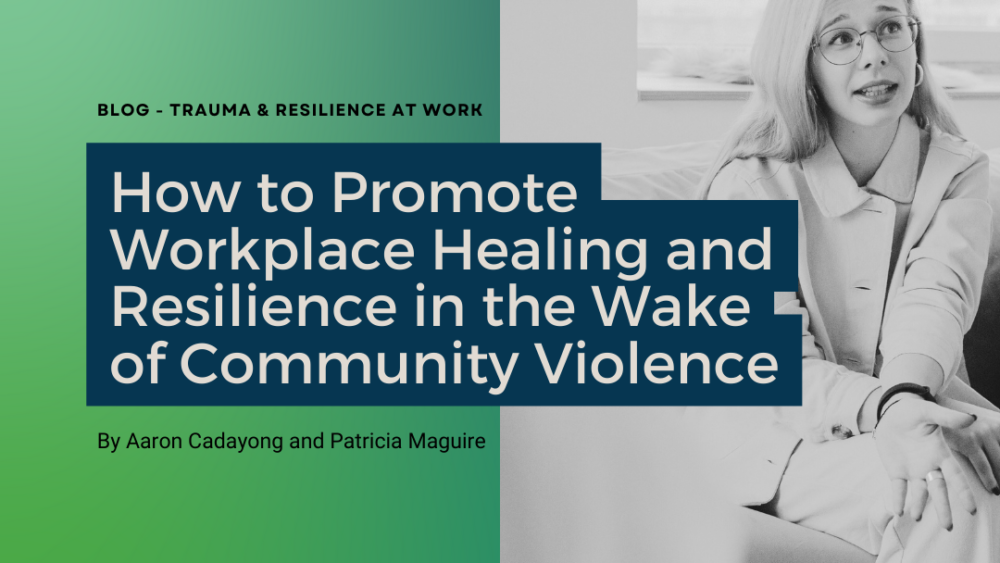- Take Care of Yourself First
Just as flight attendants instruct passengers to put on their own oxygen masks before helping others in the event of an emergency, taking care of your own mental health is essential before you can effectively support others in times of crises. Neglecting your own well-being can exacerbate mental health issues. By prioritizing self-care, you can ensure that you have the energy and resources needed to support your own organization during times of crisis.
- Schedule mental health breaks (even a day to be without plans)
- Identify new and diverse ways to practice self-care that include: physical, purpose, financial, community, mental health and well-being, and social
- Sign up for MyStrength, Insight Timer, and/or the Calm app
- Join affinity groups (groups formed around a shared interest or common goal) such as B.O.M.B. (Bringing Our Men Back) and GirlTrek
- Construct a Map of Mental Health Resources
Staying informed and aware of appropriate mental health resources is critical, especially when facing major crises in the community. Keep an up-to-date reference or map of mental health resources, both nationwide and in your specific community. Here are a few to consider adding to your mental health map:
- The Disaster Distress Helpline: this free number provides crisis counseling and support to individuals experiencing emotional distress related to natural and human-caused disasters. Call 1-800-985-5990 or text “TalkWithUs” to 66746 to connect with a trained counselor.
- State and local mental health and wellness resources such as Michigan StayWell, a COVID-19 funded mental health initiative that helps provide online discussion groups, help lines, webinars and more.
- Leverage counseling options including virtual: Psychology Today, EAP (Employee Assistance Programs), BetterHelp, ThriveWorks
- Develop and/or Follow Your Organization’s Crisis Management Plan
If your organization has a crisis management plan in place, it’s important to follow it. A crisis management plan can be extremely helpful in assisting organizations to respond to emergencies in a coordinated, effective manner. These plans are designed to provide a clear framework for managing emergencies, outlining procedures, roles, and responsibilities for all involved parties.
However, it’s important to note that crisis management plans are not static documents. They should be reviewed and updated regularly to reflect changes in the organization, the environment, and the types of emergencies that may occur.
- Adapted from the Department of Health and Human Services Concepts for Operations after a disaster, the three principles to consider when drafting a crisis management plan are: preparedness, response, and recovery.
- Organizations can also use SAMHSA’s 6 Guiding Principles (safety; trustworthiness & transparency; peer support; collaboration & mutuality; empowerment, voice, & choice; cultural humility & responsiveness) as a framework for systems and culture change. Part Four: Cultivating a Culture of Resiliency in Organizations, expands on these 6 principles giving organizational examples and strategies.
It is also important to involve all relevant parties in the development and review of the plan to ensure that it is comprehensive and effective. By staying unified and following the crisis management plan, your organization can minimize the impact of the tragedy and promote healing for all involved parties.
- Create the Space and Time to Process
In the aftermath of a tragedy, it can be tempting to try to return to normalcy as quickly as possible. However, it is important for workplaces to acknowledge tragedy and provide time for staff to reflect on, discuss, and process the event and their feelings. While some may choose to engage in group activities, others may prefer individual reflection or counseling. It is important to offer a range of support services to cater to different preferences and needs. For example, you could consider arranging a staff meeting or town hall where employees can share their experiences and emotions in a safe space.
Additionally, you could offer counseling services or encourage employees to seek support from external resources such as therapists or support groups. It is also important to recognize that some employees may need more time to process their emotions and may need to take time off to grieve on their own. You could consider offering bereavement leave or flexible work arrangements to accommodate these needs.
By providing these opportunities and accommodations, you can help foster a more supportive, empathetic, and resilient work environment, which can ultimately lead to better productivity and job satisfaction for everyone. It is important to communicate clearly with your staff about the support services available and to encourage them to take advantage of these resources as needed. By doing so, you can help create a workplace culture that prioritizes the well-being of its employees and acknowledges the importance of mental health and emotional wellness.
- The Importance of the Pause by Jackson Bartlett
- Helping Employees Cope with Unexpected Death by Adrienne Fox
If we are trauma-informed and resilience-building, we intentionally face tragedy and improve, building resilience and learning from our responses. This is how we progress, developing emotionally-intelligent, resilient organizations and supported communities.



Comments are closed.